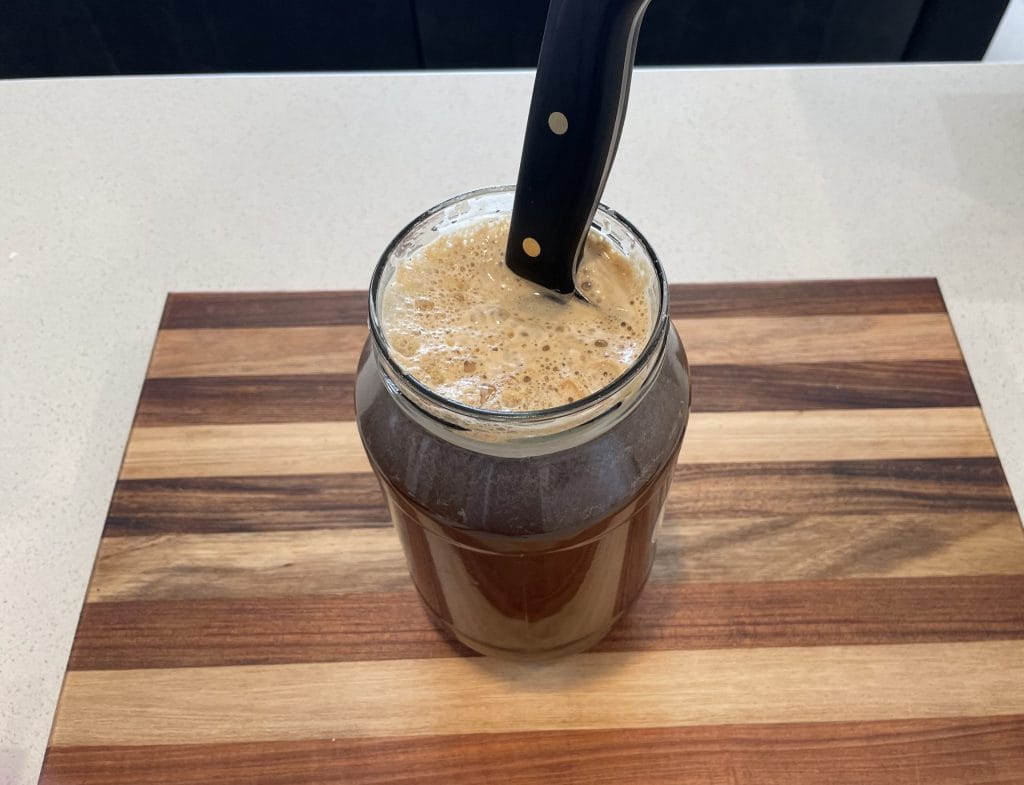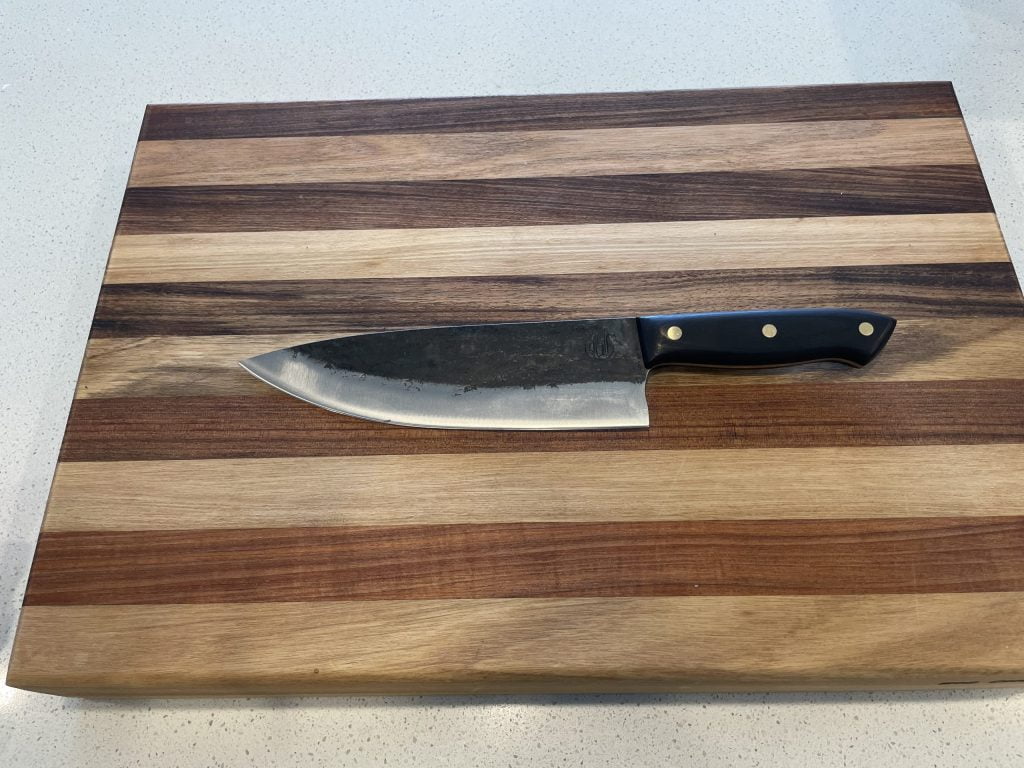Tips and Tricks
How to Season and Care for Your Knife
Now that you have invested in a professional carbon steel knife, here are some tips caring for your new blade. These knives are tools, tools that tell a story and nothing tells a story like a carbon steel knife. Some professional chefs can tell whether the person who owns the knife uses a push cut or pull cut motion and they can also tell how the knife is cared for and the owner’s dominant hand.
Here are our tips on how to care for a High Carbon Steel knife, in order for it to maintain its beauty and use.
Don’t sweat the stains
Stains and rust are naturally occurring when using carbon steel knives. If you’re bothered by having to wipe the knife every so often while cooking, or mind a little rust, then a carbon steel knife might not be for you. Most good stainless steel knives are so good today there isn’t that huge of a difference in edge retention but it does not build a character like a carbon steel knife.
The metallic smell will go away
Carbon steel knives might have a metallic smell in the early days especially when using it with acidic foods such as chicken or red meat etc. However, in the next section we discuss how to force a patina and this will help to reduce the metallic smell and eventually the metallic smell will go away.
Force a Patina early (Optional – Please do some research about a patina as this will change the look of your shiny blade)
The first thing you should do is to force a patina onto the blade to protect it from rust. Just use 4 tablespoons of instant coffee per 1L of water and leave the blade in the mixture for about 8 hours. It is important to ensure that the blade is free from any oil or finger marks as the patina will not form on oily parts. This makes a good shield and will protect your blade from extreme rust or corrosion marks but you should still take care and wipe your knife after each use.
1. Use 4 tablespoons of instant coffee per 1L of water (If you are using a plain glass jar, DO NOT USE BOILING Water. Just use plain warm water.)
2. Make sure the blade is free from oil and finger marks
We strongly recommend to put some vaseline on the black part on the blade to ensure the acidity in the coffee does not remove it.
3. Place the blade into the coffee mixture and DO NOT leave it in the coffee for more han 8 hours.
Before
The knife is very shiny but it is at this stage where the knife is very susceptible to corrosion and rust.
After
The knife starts to get a blue and grey Patina layer on the shiny bit which will help protect the knife.
Use Mineral Oil
To prevent rust, we recommend washing your knife shortly after use and oiling the blade. Food-grade mineral oil is probably the best oil you can use, many other oils will become like a resin over time and get really, really sticky. However, if you have a nice patina on the blade it is not that important to oil the blade, just make sure you keep it dry and wipe it after use.
Sharpening
We suggest to maintain your knife’s edge between 18° and 20° i.e. total of 40° as this is a double bevel edge. When using the Knife Sharpener purchased from OZ Braai we recommend to only use the Fine sharpening stone on the right of the knife sharpener to maintain the edge. The Coarse and Crude is only really required when sharpening a really blunt knife.






